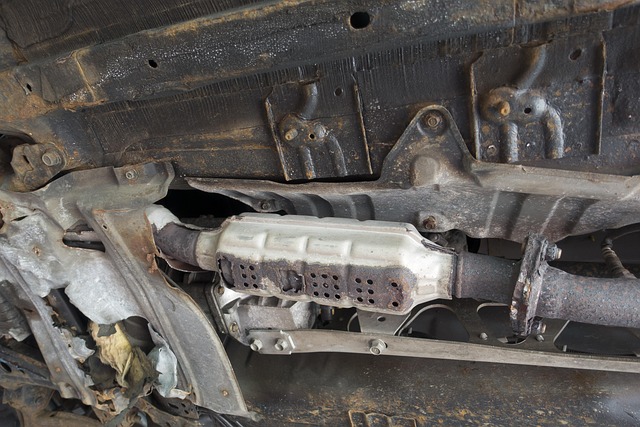Seguin homeowners navigating insurance claims for mold should understand the difference between mold remediation and inspection. While inspections identify mold issues using specialized equipment, remediation focuses on removing and restoring affected areas. Documenting evidence like photos of visible mold growth and air quality tests supports claims for both processes, ensuring appropriate insurance compensation under specific circumstances.
In Seguin, homeowners often face unexpected challenges with mold growth, prompting questions about the distinction between remediation and inspection. This article clarifies these concepts, focusing on how to navigate insurance claims effectively. We explore strategies for understanding the differences between mold remediation and inspection, guiding Seguin residents through the process of filing claims and providing essential tips on evidence collection to strengthen your case. By empowering homeowners with knowledge, we aim to facilitate a smoother journey towards resolving mold-related issues.
- Understanding Mold Remediation vs. Inspection
- Navigating Insurance Claims for Homeowners
- Supporting Your Case: Evidence and Documentation
Understanding Mold Remediation vs. Inspection

Many Seguin homeowners may wonder about the difference between mold remediation and inspection, especially when considering an insurance claim. It’s crucial to understand these distinct processes to make informed decisions regarding your property’s health. Mold inspection involves a thorough examination of your home to identify the presence, type, and extent of mold growth. Professionals use specialized equipment and techniques to detect hidden molds that may not be immediately visible. This step is vital for determining whether mold remediation is necessary.
In contrast, mold remediation focuses on the actual process of removing mold from affected areas and restoring the property. It involves a series of steps, including containing the mold growth, removing contaminated materials, cleaning and sanitizing surfaces, and ensuring proper ventilation. Unlike inspection, remediation requires specific knowledge, equipment, and expertise to prevent further damage and ensure a safe environment for occupants. When dealing with an insurance claim, homeowners should be aware that these services are distinct and may be covered separately under certain circumstances.
Navigating Insurance Claims for Homeowners

Navigating insurance claims for Seguin homeowners affected by mold can be a complex process, especially when distinguishing between mold remediation and mold inspection costs. Homeowners should understand that mold inspection identifies the presence and extent of mold, while mold remediation involves removing and restoring contaminated materials. When filing an insurance claim, it’s crucial to differentiate between these two phases.
Homeowners may incur expenses for mold inspection as part of their standard policy, but remediation costs are often covered only under specific circumstances. Insurance companies typically require evidence of water damage or a clear path to moisture intrusion leading to mold growth. Seguin homeowners should review their policies thoroughly and document all relevant details to ensure they receive the appropriate coverage for both initial inspections and comprehensive mold removal processes.
Supporting Your Case: Evidence and Documentation

When it comes to supporting your insurance claim for mold remediation in Seguin, having thorough evidence and documentation is key. While a professional mold inspection is essential to identifying the extent of the mold issue, it’s equally crucial to gather documents that prove the need for remediation. This includes photos documenting visible mold growth, air quality tests highlighting elevated mold spore levels, and any reports from previous inspections or assessments.
Additionally, keeping records of all communication with insurance providers, contractors involved in the remediation process, and any professionals who conducted initial mold inspections is vital. These documents not only strengthen your case but also serve as a detailed timeline of events, ensuring your claim is processed efficiently. Remember, the more comprehensive your evidence, the easier it becomes to demonstrate the necessity for mold remediation versus a simple inspection.
When dealing with mold issues in your Seguin home, understanding the distinction between mold remediation and inspection is crucial. While mold inspection identifies the presence and extent of mold, remediation involves the actual process of removing the mold and restoring your property. For Seguin homeowners navigating insurance claims, having comprehensive evidence and proper documentation is key to a successful case. By gathering samples, photographs, and expert reports, you can effectively support your claim and ensure fair compensation for necessary mold remediation efforts.
